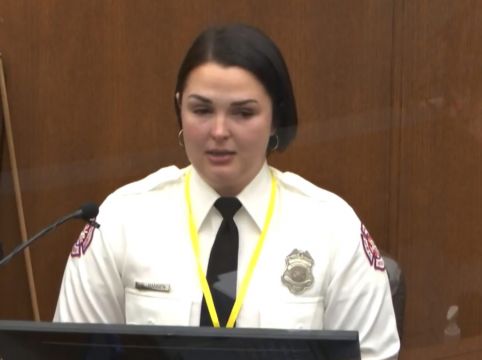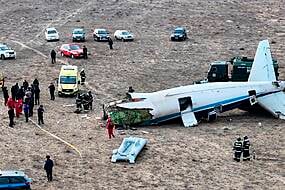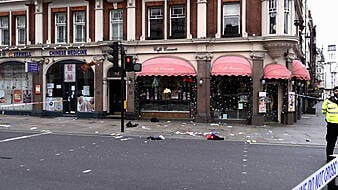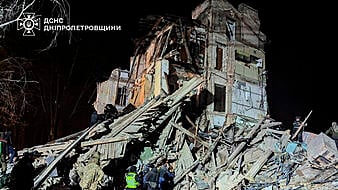A Minneapolis firefighter who voiced frustration at being prevented from using her emergency training to help George Floyd will be back on the stand on Wednesday in the trial of the fired police officer charged in Mr Floyd’s death.
Genevieve Hansen, one of several bystanders seen and heard shouting at Derek Chauvin as he pinned Mr Floyd face down outside a convenience store last May, cried on Tuesday as she recounted how she was unable to come to Mr Floyd’s aid or tell police what to do, such as administering chest compressions.
“There was a man being killed,” said Ms Hansen, who testified in dress uniform and detailed her emergency medical technician (EMT) training.
“I would have been able to provide medical attention to the best of my abilities. And this human was denied that right.”
Ms Hansen was among several onlookers to testify on Tuesday to what they saw of Mr Floyd’s May 25 death. They described their increasing frustration, anger and despair as they begged Chauvin to take his knee off Mr Floyd’s neck.
Witness after witness described how Chauvin was unmoved by their pleas, including the teenager who shot the harrowing video of the arrest that set off nationwide protests. She said the officer gave the crowd a “cold” and “heartless” stare.
“He didn’t care. It seemed as if he didn’t care what we were saying,” said 18-year-old Darnella Frazier, one of several witnesses who testified through tears.
Chauvin continued to kneel on Mr Floyd while fellow Officer Tou Thao held the crowd of about 15 back, even when Ms Hansen identified herself as a firefighter and pleaded repeatedly to check Mr Floyd’s pulse, according to witnesses and bystander video.

“They definitely put their hands on the Mace, and we all pulled back,” Ms Frazier told the jury.
Chauvin, 45, is charged with murder and manslaughter, accused of killing Mr Floyd by pinning the 46-year-old handcuffed black man to the pavement for what prosecutors said was 9 minutes, 29 seconds. Mr Floyd was arrested after being accused of trying to pass a counterfeit 20-dollar note at the convenience store.
Mr Floyd’s death, along with the bystander video of him pleading that he could not breathe, triggered often violent protests around the world and a reckoning over racism and police brutality across the US.
The most serious charge against Chauvin carries up to 40 years in prison.
The defence has argued Chauvin did what his training told him to do and that Mr Floyd’s death was not caused by the officer but by a combination of illegal drug use, heart disease, high blood pressure and the adrenaline flowing through his body.

On Tuesday, the prosecution asked multiple witnesses to describe their horror at what they saw, buttressing the testimony with multiple videos, some of which had never been seen before.
Many described feeling helpless and guilty as Floyd gasped for air, pleaded for his life and finally fell limp and silent, his eyes rolling back in his head.
The testimony was apparently aimed at showing Chauvin had multiple opportunities to consider what he was doing and change course.
But Chauvin attorney Eric Nelson sought to portray the onlookers as angry and agitated, in an apparent attempt to show the crowd posed a potential threat to police that might have distracted them during their encounter with Mr Floyd.
Ms Hansen testified that the crowd was growing more upset and that the paramedics did a “load and go” — placing Mr Floyd on a stretcher and quickly getting him away from the crowd so he could be treated elsewhere.
Earlier on Tuesday, Donald Williams, one of the onlookers, testified that he called 911 after paramedics took Mr Floyd away, “because I believed I witnessed a murder”.

Also on Tuesday, prosecutors played phone video recorded by another bystander, 18-year-old Alyssa Funari, that showed onlookers shouting and screaming at Chauvin after Mr Floyd stopped moving.
The footage also showed Ms Hansen, the firefighter, calmly walk up to officer Thao and offer to help. He ordered her to return to the footpath.
“I felt like there wasn’t really anything I could do as a bystander,” a tearful Ms Funari said.
“Technically I could’ve did something, but I couldn’t really do anything physically … because the highest power was there at the time,” she said, referring to the police.







